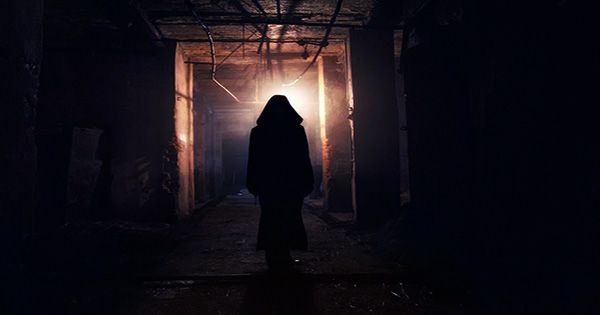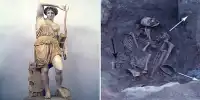Imagine what social situation you are in (remember them?) In addition, you see that someone is becoming horrible to someone. They are clever. Is it their job? The way they dress up. Alternatively, are these they like to see? You cannot put your finger in it.
Do people judge others as terrible? It turns out that it has a good mix of prejudice and prejudice thrown into the entire East. The first empirical study on the nature of creativity only published in New Ideas of Psychology in 2016, so it is relatively new as a subject of study. Authors McAndrew and Cohen have tried to look at the origins of color, the hints we use in labeling someone as “fragile” and can identify the basic elements of lewdness.
They found that the traits and non-verbal behaviors that we associate with incredulity are a good indicator of finding someone terrible, a potential threat to “creep out” vague, adaptive emotional response to a situation, but we are aware that something seems to be happening. Close so be careful. To explore this, they surveyed 1,341 people (1,029 females and 312 males). In the first part, participants asked to imagine a friend they believed was fighting someone they described as “cowardly.” They were then given 44 statements about their behavior and physical features that the person said deserved as impressive, as the person often licked their lips or had visible tattoos, which they had to rate from one to five. It understood that such behaviors could easily make someone feel uncomfortable, so they seen as cowards. However, there were other high-level traits that we probably linked to as partisans as a society.
For example, having a mental illness that has nothing to do with a new person’s behavior towards a friend, being tall, thin, and rolling your eyes all put a high value on the creeping scale. The second part of the survey looked at 21 professions, again ranking them from one to five (not too scary). The results showed that clowns, taxidermists, sex shop owners and funeral directors were the most dangerous occupations, but teachers and meteorologists were the least.
They were also asked to list two hobbies that were considered terrifying (everything involved with the collection of dead animals is a no-no and for some reason a bird’s flutter), ranging from their behavior to the scene, to meeting someone new. In addition, those timid people wondered if they knew they were ruthless (they did not). Their findings suggest that unpredictability and the fear associated with it are the main drivers of perception of someone as terrible. “What we found in this study is consistent with the notion that the concept of herbivores is a response to the ambiguity of the threat,” the authors concluded in their research paper.
“The results are consistent with the assumption that an adaptive sensitive response develops to ambiguity about the presence of a ‘creep out’ threat that enables us to remain vigilant in times of uncertainty.” However, it does not explore how our cultural prejudices and social stigma affect how some features – unusual physical qualities, some work and hobbies – appear to be intimidating.














